While store-bought options are readily available, making your own tomato paste at home offers a rewarding experience and allows you to have full control over the quality and flavor. In this article, we will explore the process of making DIY tomato paste, step-by-step, from garden to shelf. 1. Starting with the Right Tomatoes: To make the best tomato paste, selecting the right tomatoes is crucial. Choose ripe, meaty tomatoes that are rich in flavor and low in moisture. Varieties such as Roma, San Marzano, or Plum tomatoes work exceptionally well due to their dense flesh and reduced seed content. 2. Harvesting and Preparing the Tomatoes: For the freshest DIY tomato paste, consider growing your own tomatoes.

.
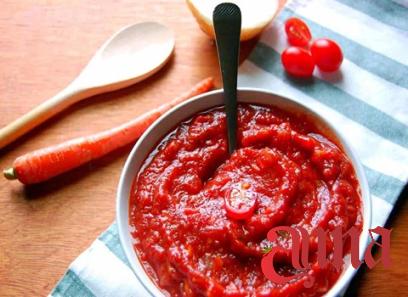 Harvest them at the peak of ripeness when they’re vibrant red and firm to the touch. Remove any damaged or blemished parts, wash the tomatoes thoroughly, slice them in half, and remove the seeds. 3. Slow Simmering and Reducing: To concentrate the flavors and thicken the tomato pulp, the slow simmering process is essential. Place the halved and seeded tomatoes in a large pot, add a small amount of water, and bring to a gentle simmer. Let it cook on low heat for several hours, stirring occasionally, until the tomatoes have reduced significantly.
Harvest them at the peak of ripeness when they’re vibrant red and firm to the touch. Remove any damaged or blemished parts, wash the tomatoes thoroughly, slice them in half, and remove the seeds. 3. Slow Simmering and Reducing: To concentrate the flavors and thicken the tomato pulp, the slow simmering process is essential. Place the halved and seeded tomatoes in a large pot, add a small amount of water, and bring to a gentle simmer. Let it cook on low heat for several hours, stirring occasionally, until the tomatoes have reduced significantly.
..
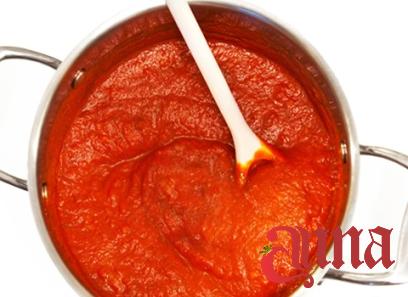 4. Straining and Pureeing: Once the tomatoes have reduced, pass the mixture through a fine-mesh strainer or food mill to remove the skins and any remaining seeds. This step helps achieve a smooth, velvety texture. For a thicker consistency, continue cooking the strained tomato pulp until it reaches your desired thickness. 5. Preserving and Storing: To prolong the shelf life of your DIY tomato paste, it’s important to ensure proper preservation. Fill sterilized jars with the tomato paste, leaving a little headspace at the top, and seal tightly. For long-term storage, you can process the jars in a water bath canner. Otherwise, store them in the refrigerator for up to 2 weeks or freeze for several months. 6. Creative Adaptations: DIY tomato paste allows for creativity and customization.
4. Straining and Pureeing: Once the tomatoes have reduced, pass the mixture through a fine-mesh strainer or food mill to remove the skins and any remaining seeds. This step helps achieve a smooth, velvety texture. For a thicker consistency, continue cooking the strained tomato pulp until it reaches your desired thickness. 5. Preserving and Storing: To prolong the shelf life of your DIY tomato paste, it’s important to ensure proper preservation. Fill sterilized jars with the tomato paste, leaving a little headspace at the top, and seal tightly. For long-term storage, you can process the jars in a water bath canner. Otherwise, store them in the refrigerator for up to 2 weeks or freeze for several months. 6. Creative Adaptations: DIY tomato paste allows for creativity and customization.
…
 Add your preferred seasonings and herbs to the tomato mixture during the cooking process, such as garlic, basil, or oregano, to infuse different flavors into the final product. Additionally, experimenting with different tomato varieties can produce unique tastes and textures. 7. Versatility and Benefits of DIY Tomato Paste: Homemade tomato paste is incredibly versatile and can be used in a myriad of dishes, including pasta sauces, stews, soups, and even as a base for homemade barbecue sauce. Moreover, creating your own tomato paste reduces the consumption of store-bought products, allowing you to harness the freshness and quality of ingredients. Conclusion: Making DIY tomato paste provides not only a hands-on culinary experience but also the ability to enjoy the flavor and quality of homemade ingredients. By following these steps, you can create a rich and flavorful tomato paste that will elevate your dishes to new heights. So, grab those tomatoes and embark on your homemade tomato paste adventure today!
Add your preferred seasonings and herbs to the tomato mixture during the cooking process, such as garlic, basil, or oregano, to infuse different flavors into the final product. Additionally, experimenting with different tomato varieties can produce unique tastes and textures. 7. Versatility and Benefits of DIY Tomato Paste: Homemade tomato paste is incredibly versatile and can be used in a myriad of dishes, including pasta sauces, stews, soups, and even as a base for homemade barbecue sauce. Moreover, creating your own tomato paste reduces the consumption of store-bought products, allowing you to harness the freshness and quality of ingredients. Conclusion: Making DIY tomato paste provides not only a hands-on culinary experience but also the ability to enjoy the flavor and quality of homemade ingredients. By following these steps, you can create a rich and flavorful tomato paste that will elevate your dishes to new heights. So, grab those tomatoes and embark on your homemade tomato paste adventure today!


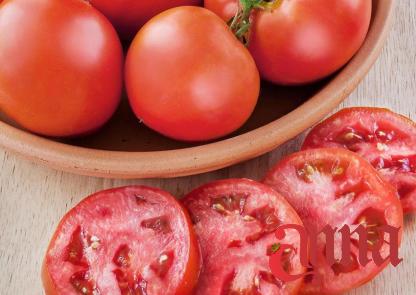
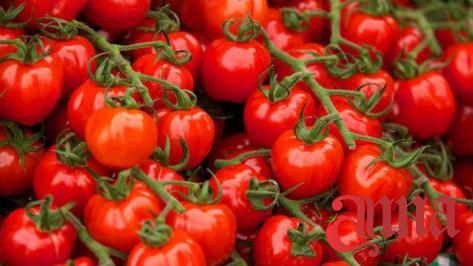

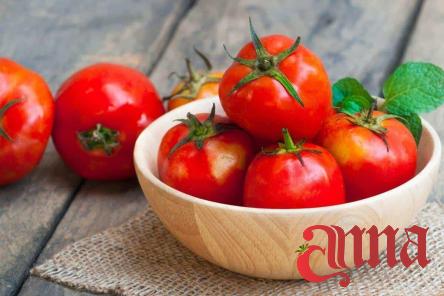
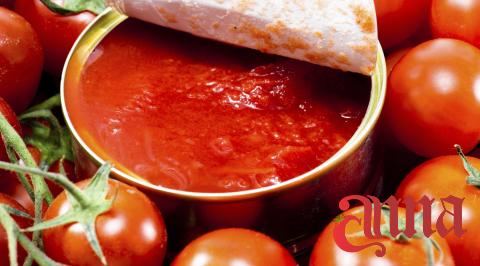




Your comment submitted.